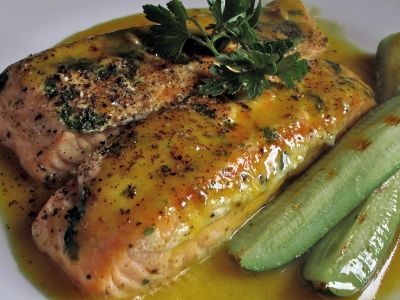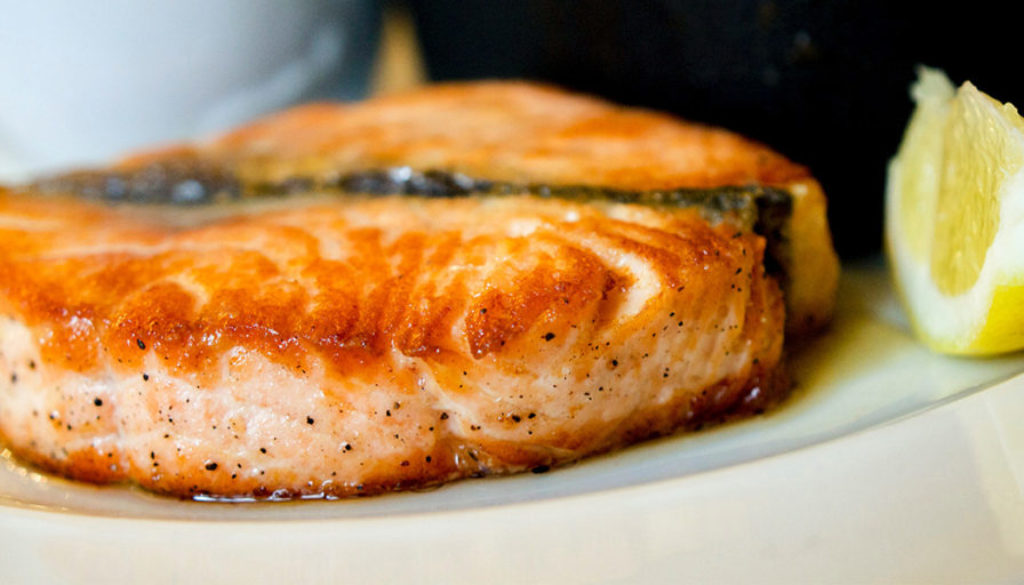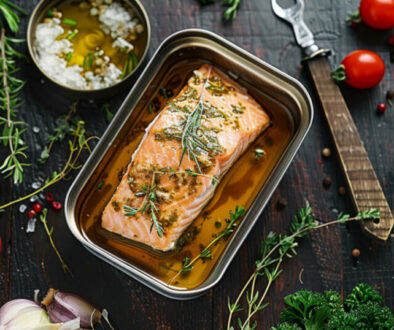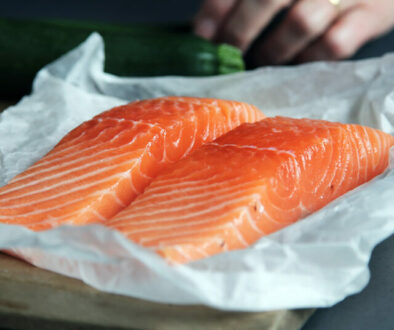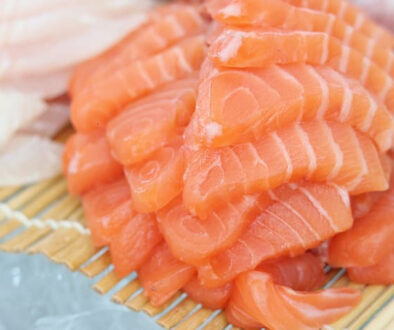How to Cook the Perfect Salmon Filet
Cooking a perfect salmon fillet is not hard!
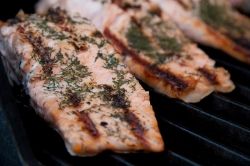
Living in the Northwest, salmon is pretty much a regular item on the menu. One of my other projects is FishingPNW.com and for that, we do a bit of fishing. This means that the question occasionally comes across my desk of how to cook a perfect fillet of salmon. There is no reason to think that you need to go to a high-end fish house to get a perfectly seasoned and cooked salmon fillet. With a little bit of information, you too can turn out perfect salmon fillets for your family and guests!
Take your time and read on as I go through what you need to know to cook a perfect salmon fillet that will leave your family begging for more!
Photo used under Creative Commons from Another Pint Please.
The Perfect Salmon Fillet Starts With Top Notch Salmon!
The fresher the salmon, the better the finished fillet will be!
The perfect salmon fillet starts with really fresh salmon. Fish starts breaking down fairly quickly after it is caught and will quickly start smelling and tasting ‘fishy’. For more info on why check out “Why does my salmon smell fishy?” In general, if you are going to buy fresh, never frozen salmon you need to find a busy store to buy it from. If your local grocer got a great shipment of salmon on Monday and it is now Friday and you want fish for dinner, the quality is going to suffer.
Don’t discount frozen salmon!
If you are having a hard time finding really fresh salmon, consider frozen salmon! This may seem like sacrilege, but the fact is that FAS (frozen at sea) salmon is quite often superior to the salmon that has been hanging around in the grocer’s case for a week. For top-quality frozen salmon, processors will take freshly caught wild salmon, process it and flash freeze and vacuum pack it. This means that when you get it, it is about as fresh as if you had just pulled it out of the ocean.
If you don’t live near a port that gets in fresh fish regularly, then frozen may be a good option for you.
How to pick a good salmon filet
If you are buying fish at the meat counter, there are a few things that you can do to tell if the salmon you are looking at is fresh or not. This video will give some of the basics of picking the best salmon.
Salmon Fillet – To marinade or not?
There are two camps when it comes to preparing salmon fillets for cooking, those that marinade their fillets and those that don’t. Personally, it is a matter of what fish I am cooking and my mood. If I have a good piece of fresh, wild Chinook, I will go minimalistic with just some sea salt or seasoning salt and enjoy the flavor. Other times I want to give my salmon more flavor and will marinade it for a while to kick the flavor up a notch.
Salmon Fillet Marinade I
- 1 1/2 pounds salmon fillets
- lemon pepper to taste
- garlic powder to taste
- salt to taste
- 1/3 cup soy sauce
- 1/3 cup brown sugar
- 1/3 cup water
- 1/4 cup vegetable oil
Salmon Fillet Marinade II
2 tbsp. olive oil
1/4 c. onion, grated
1 tsp. freshly grated ginger
1 tsp. minced garlic
2 tbsp. Tamari soy sauce
1/8 tsp. freshly ground black pepper
1/2 tsp. paprika
With either marinade, you simply place all the seasonings in a zip-lock type bag, mix then add the salmon fillets. Marinade up to two hours in the fridge before serving.
Salmon Seasoning Mixes
Sometimes your salmon just needs a little more kick to make it really shine!
Johnny’s Alaskan Salmon Seasoning
Chef Paul’s Salmon Seasoning
Hi Mountain Alaskan Salmon Seasoning
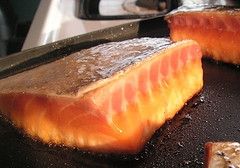
Cooking the Perfect Salmon Fillet on Your Stove Top
If you are going to cook a perfect salmon fillet on your stovetop, then the first thing you need is the right pan. Modern aluminum non-stick pans excel in keeping food from sticking, but beyond the fact that they leech hazardous chemicals into the air and food, they don’t have enough thermal mass to properly cook things like steaks and fillets of fish. In my book, the best pan for the jog is a solid cast iron cooking pan or quality stainless steel pan. They don’t leach chemicals, are fine with the heat needed for frying fish and you will never have to replace it if you treat it right!
For more information on the best pans for cooking salmon on your stovetop, check out this article I wrote on the different pans for cooking salmon
Instructions for Cooking a Salmon Fillet on Your Stove Top
1. Heat your pan on high until water sizzles when splashed on it.
2. Swirl a thin layer of vegetable oil onto the pan.
3. Add salmon fillets skin side down and cook for 3-4 minutes.
4. Turn once when the fish is well browned and easily releases from the pan
5. Cook 3-4 minutes more until the salmon is flaky and still moist but not translucent
WARNING!: Whatever you do, don’t fiddle with your salmon fillets! All you will do is mess them up. If you are checking for doneness, just lift one edge a slight bit.
Photo used under Creative Commons from Your Neighborhood Librarian.
Video Instructions – Video instructions on how to cook a perfect salmon fillet.
Cooking a Perfect Salmon Fillet on the Grill
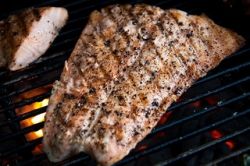
Grilling the perfect salmon fillet takes practice and knowing your grill! Essentially the process is much the same as with cooking a salmon fillet in a pan, just with the added challenge of cooking on a grill (along with the added flavor).
Instructions for Grilling a Perfect Salmon Fillet
1. Clean your grill grates. Dirty grates mean dirty fish and contribute to sticking!
2. Oil your grill grates
3. Preheat your grill to medium-high.
4. Place your fillets on the grill and cook 7-10 minutes.
5. Flip once and cook 6-8 minutes more until done.
Timing on a grill is a bit more tricky, but you can watch as the fish turns less translucent and gauge when you are needing to flip it or remove it from the heat. Remember, it will continue to cook a little after you remove it from the heat, this is called carry-over and can take perfect salmon and make it dry. Pull your salmon out of the pan right as soon as it done and is just flaky.
Photo used under Creative Commons from Another Pint Please.
Are you trying to incorporate more fish into your diet? Salmon is an excellent choice being that it is generally sustainably managed and is loaded with lots of Omega-3 oils that we all need more of. Here is an excellent book of salmon recipes that will give you more reasons to have fish for dinner!
Perfectly prepared salmon fillet
